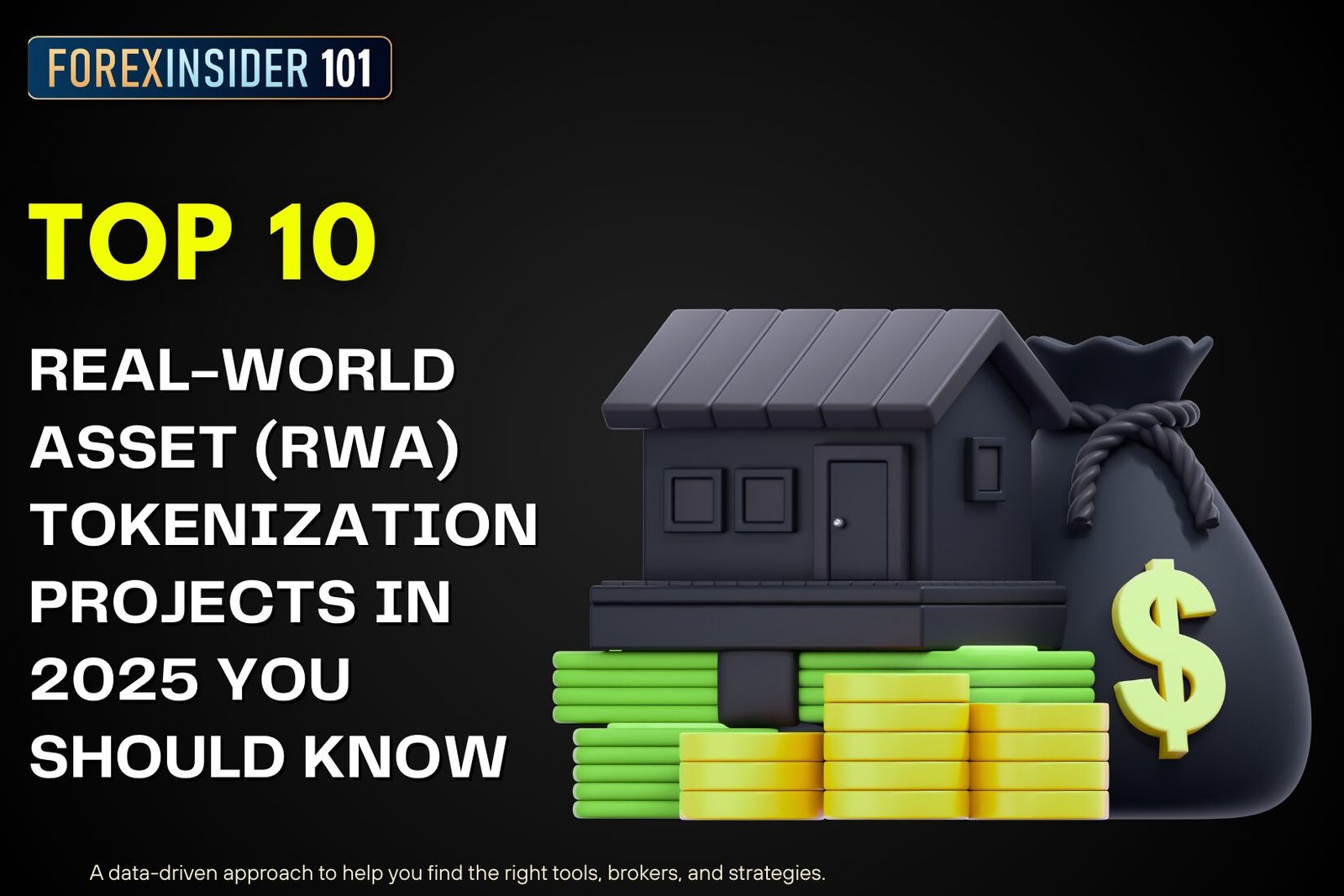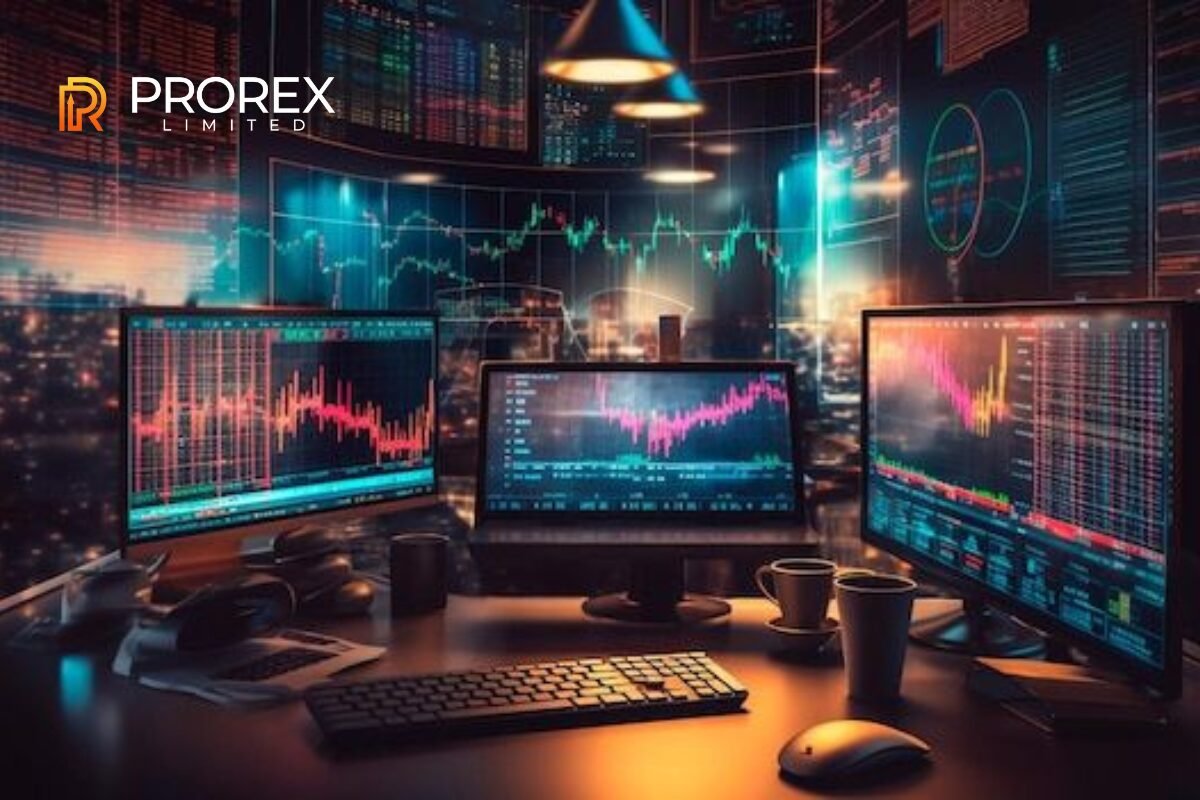Top 10 RWA : The idea of Real-World Asset (RWA) tokenization has gained serious traction in recent years, but in 2025, it feels less like a buzzword and more like a genuine turning point for finance. RWAs refer to physical or traditional financial assets—things like government bonds, real estate, commodities, or even private credit—that are represented as digital tokens on a blockchain. This transformation makes them more liquid, accessible, and transparent, while opening the door for a new type of financial inclusion.
Why does this matter now? The market has been steadily maturing. Data from trackers like CoinGecko shows billions already circulating in tokenized treasuries and bonds, and regulators in regions such as Singapore, the EU, and Hong Kong have rolled out clearer frameworks. In parallel, institutional players from asset managers to banks are experimenting with tokenization pilots, signaling that the space is moving from early adoption to mainstream recognition.
With this momentum, we explore the Top 10 RWA tokenization projects in 2025, each playing a distinct role in reshaping global finance by merging blockchain technology with traditional markets.
1. Chainlink (LINK)
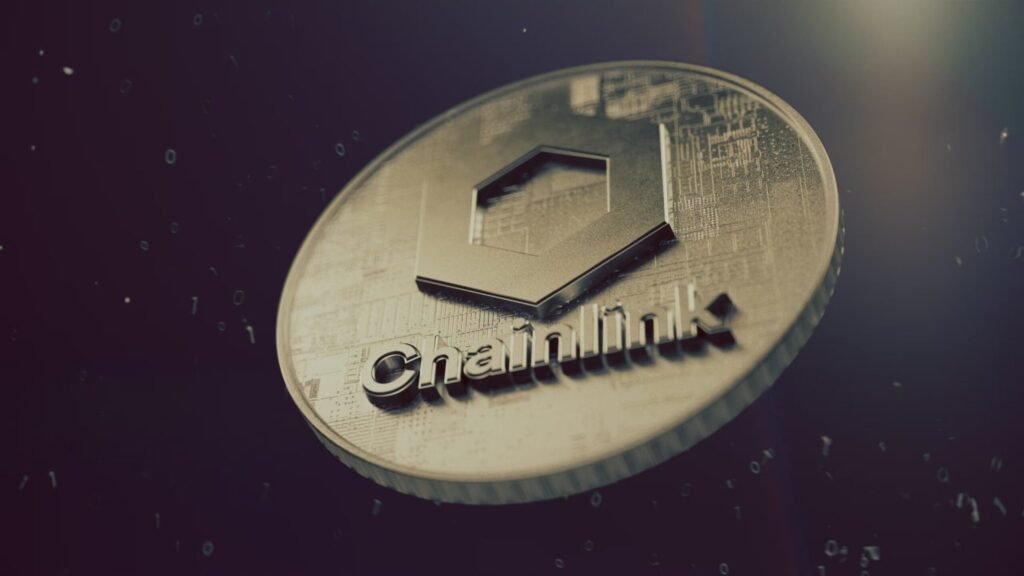
Source: CoinFlip
Chainlink is often described as the invisible engine driving much of the RWA ecosystem. Its oracle technology provides the essential bridge between blockchain applications and verified real-world data, which is non-negotiable when dealing with assets like treasuries, commodities, or real estate. In 2025, Chainlink’s Cross-Chain Interoperability Protocol (CCIP) has emerged as a foundational layer, enabling seamless transfers of tokenized assets across different blockchains. This not only eliminates the silos that plagued early RWA projects but also strengthens institutional trust in the ecosystem.
Without secure and reliable oracles, tokenization cannot scale because investors and regulators alike need assurance that the on-chain representation matches the off-chain reality. By powering nearly every major RWA project with accurate price feeds and cross-chain data, Chainlink has solidified its role as the infrastructure provider that others build upon. Its importance may not always be visible to everyday investors, but its presence is undeniable in the background of almost every serious RWA initiative today.
2. Ondo Finance (ONDO)
Ondo Finance has become a leading name in the tokenization of U.S. Treasuries and bonds, arguably the most in-demand segment of the RWA market. By offering tokenized products such as Ondo USD Yield (OUSG), the protocol allows investors to earn yield from secure government debt instruments while enjoying the accessibility and liquidity of blockchain. In 2025, Ondo has expanded partnerships with custodians and regulated financial entities, positioning itself as the go-to option for institutional-grade RWA products.
The appeal of Ondo lies in its ability to merge safety with innovation. Treasuries are widely considered one of the most stable financial instruments, and Ondo has succeeded in packaging them into blockchain-native formats without compromising compliance. For DeFi platforms, Ondo’s tokens have become a reliable source of yield in an environment often criticized for volatility. For traditional institutions, Ondo offers a compliant gateway into the blockchain economy. This dual role—serving both crypto-native users and cautious institutional players—makes Ondo a critical actor in RWA’s 2025 landscape.
3. Algorand (ALGO)
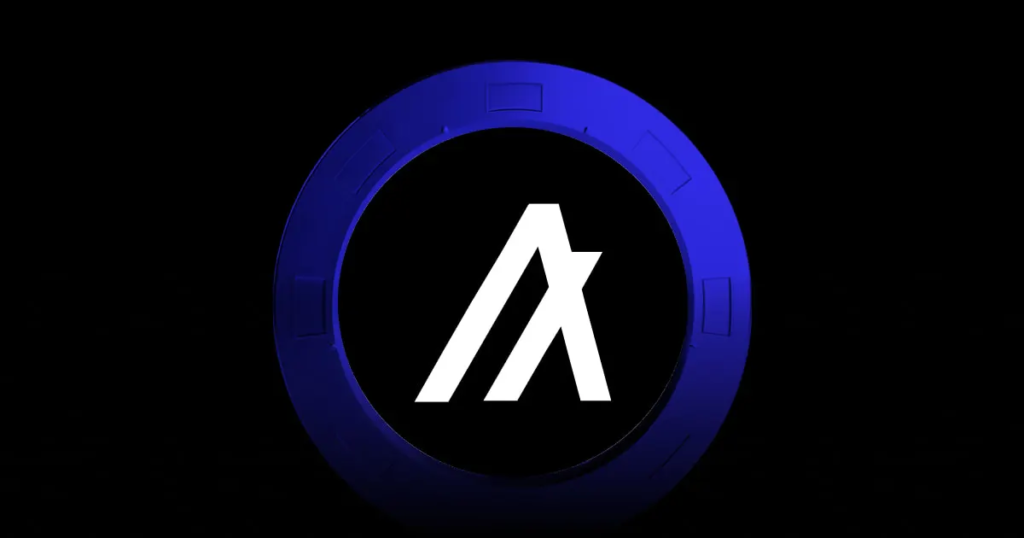
Source: Flippster
Algorand’s reputation as a blockchain for enterprises has only grown stronger with the rise of RWAs. Known for its high throughput, low fees, and energy-efficient consensus mechanism, Algorand provides an ideal infrastructure for large-scale tokenization projects. Governments, central banks, and multinational corporations have all experimented with Algorand for initiatives ranging from real estate tokenization to central bank digital currency (CBDC) pilots.
In 2025, Algorand continues to stand out as one of the most enterprise-ready blockchains for tokenization. Its commitment to scalability and compliance makes it attractive to institutions that need blockchain solutions capable of handling both public-facing tokens and private, permissioned use cases. The ecosystem surrounding Algorand has matured as well, with developers and enterprises building specialized applications for asset issuance, management, and trading. Its focus on marrying technical efficiency with regulatory alignment places Algorand firmly in the spotlight for tokenized finance this year.
4. XDC Network (XDC)
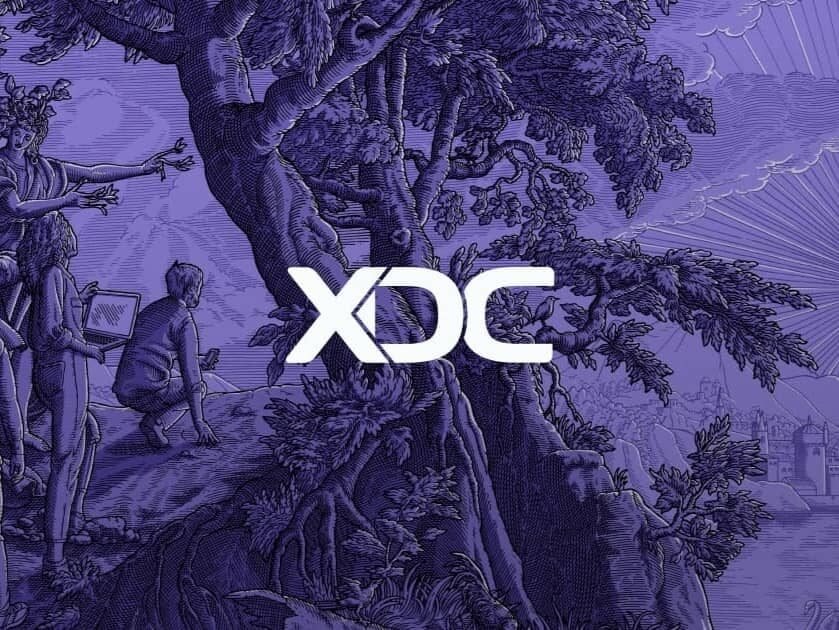
Source: IQ.Wiki
Trade finance is one of the most complex areas of global finance, and XDC Network has positioned itself as a blockchain designed to tackle exactly this challenge. By combining public and private blockchain elements in a hybrid architecture, XDC enables enterprises to tokenize trade documents, debt instruments, and supply chain assets while maintaining compliance and privacy.
In 2025, XDC has expanded its footprint across Asia and the Middle East, where governments and banks are increasingly exploring tokenization for cross-border commerce. The appeal lies in XDC’s ability to reduce costs, improve transparency, and streamline processes in sectors that traditionally rely on outdated paper-based systems. Its partnerships with financial institutions in trade-heavy regions further reinforce its reputation as the blockchain of choice for enterprises venturing into tokenized finance. By addressing a real-world problem that impacts trillions in global trade, XDC is proving that tokenization is not just theory but a solution to pressing economic inefficiencies.
5. Quant (QNT)

Source: Cryptonary
Quant is less about issuing tokenized assets and more about ensuring that those assets can interact across networks. Its Overledger technology acts as a connective tissue between disparate blockchains and legacy financial systems, making interoperability a reality rather than an aspiration. In a landscape where RWAs risk being siloed on different platforms, Quant ensures seamless communication and integration.
In 2025, Quant’s role has grown as institutions begin demanding interoperability solutions that allow tokenized assets to flow freely between systems. Its enterprise partnerships show that financial institutions see Quant not just as a crypto experiment but as a necessary tool to modernize infrastructure. By focusing on compliance, enterprise readiness, and cross-chain operability, Quant addresses one of the biggest bottlenecks in RWA adoption. Without solutions like Overledger, tokenization would remain fragmented; with it, the path to large-scale institutional adoption becomes clearer.
6. MakerDAO (MKR)

Source: Venga
MakerDAO has long been a trailblazer in DeFi, and its early foray into RWA-backed collateral now looks visionary. The protocol’s stablecoin, DAI, has expanded its collateral base beyond crypto-native assets to include U.S. Treasuries and real estate, making it one of the first decentralized systems to actively integrate real-world finance.
By 2025, MakerDAO’s role has grown significantly. The inclusion of RWAs has helped stabilize DAI’s value, providing a more resilient alternative to purely crypto-backed stablecoins. For DeFi users, this means access to a stablecoin with real-world backing. For institutions, it demonstrates that decentralized protocols can responsibly integrate traditional assets into blockchain-based systems. MakerDAO’s experiment is no longer just a case study; it has become a functioning model of how RWAs can support decentralized economies. Its continuing evolution cements its place as one of the leading projects in the tokenization movement.
7. Top 10 RWA : Pendle (PENDLE)
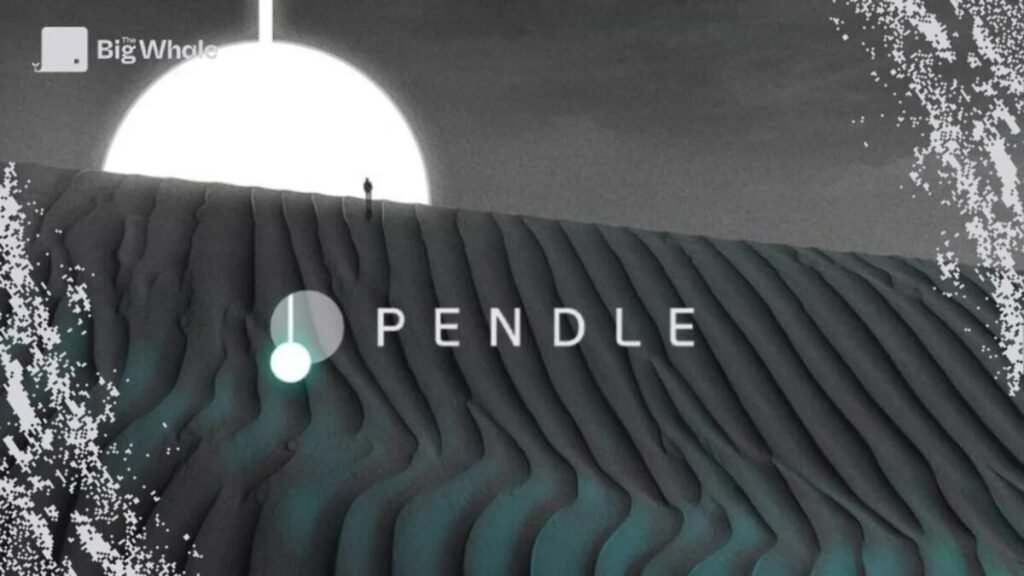
Source: Big Whale
Pendle takes a unique approach to RWAs by focusing on tokenizing yield itself. The protocol allows investors to split yield-bearing assets into two components: principal tokens and yield tokens. This creates new opportunities to trade, hedge, and speculate on future returns, giving investors flexibility that traditional markets often lack.
In 2025, Pendle has extended this model to RWA-backed tokens, such as those tied to U.S. Treasuries or real estate debt. By turning yield into a liquid and tradable asset, Pendle introduces a new layer of financial engineering into the tokenization landscape. Its success lies in addressing a key investor demand: the ability to manage yield exposure in more sophisticated ways. As RWA adoption grows, Pendle’s model becomes even more valuable, transforming how both retail and institutional players approach yield in blockchain finance.
8. Top 10 RWA : Reserve Rights (RSR)
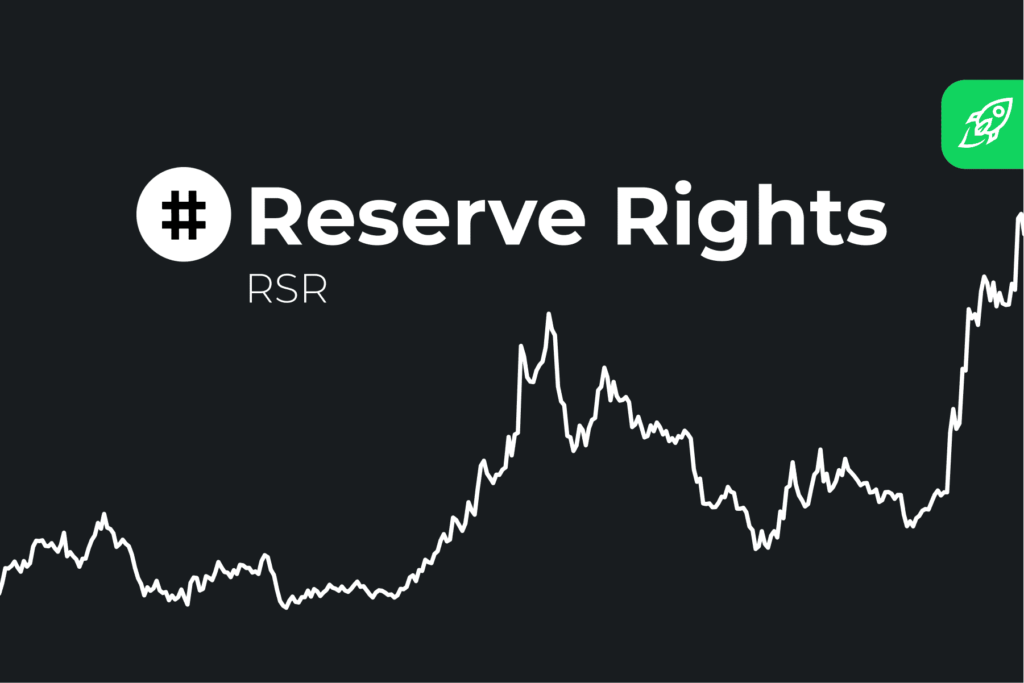
Source: Changelly
Reserve Rights has made a name for itself by creating stablecoins backed by diversified real-world assets. Its mission is particularly relevant in emerging economies, where inflation and unstable local currencies erode savings and limit financial opportunities. By issuing stablecoins tied to RWAs, Reserve provides users with a practical way to store value and participate in global markets.
In 2025, Reserve continues to expand its reach across Latin America and beyond, offering financial stability to populations often excluded from traditional banking systems. The project stands out because it demonstrates tokenization’s social impact, not just its institutional potential. By giving individuals access to inflation-resistant savings, Reserve shows that RWAs are not just about yield optimization but also about financial empowerment. This dual role—serving both global investors and vulnerable communities—makes it one of the most compelling RWA projects of the year.
9. Top 10 RWA : Plume Network (PLUME)
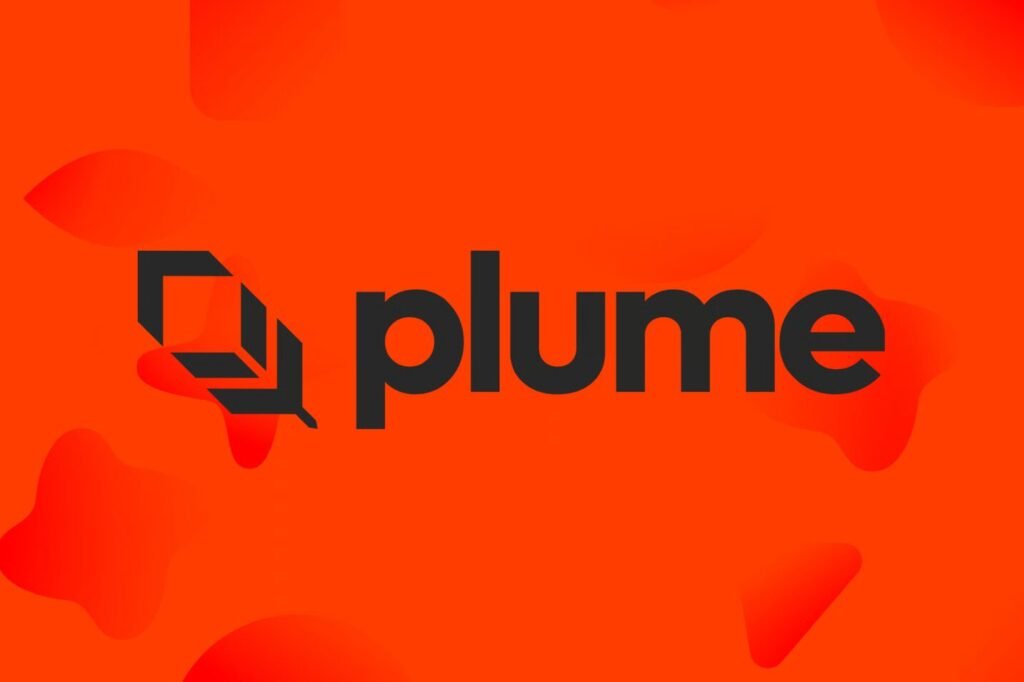
Source: Cointelegraph
Plume Network is a relative newcomer, but its focus is razor-sharp: it is a Layer-1 blockchain designed specifically for RWA tokenization. Unlike general-purpose blockchains, Plume was built with compliance, custodianship, and institutional requirements at its core. This makes it particularly attractive to startups and enterprises looking for a platform optimized for asset tokenization.
Though still early in its journey, 2025 has been a formative year for Plume. Its infrastructure is beginning to host a growing number of tokenization projects, from private equity funds to real estate. By specializing in one niche rather than trying to be everything to everyone, Plume differentiates itself in a crowded blockchain landscape. Its success—or failure—will depend on how quickly adoption accelerates, but its existence highlights the demand for purpose-built blockchains in the RWA sector.
10. Top 10 RWA : Tokeny Solutions

Source: Tokeny.com
While most projects on this list are crypto-native, Tokeny Solutions offers something different: enterprise-grade infrastructure for tokenization. Its platform allows businesses to tokenize assets like real estate funds, private equity offerings, and bonds in a way that complies with existing regulations. By enabling enterprises to issue and manage digital securities, Tokeny ensures that tokenization extends into mainstream financial markets, not just DeFi.
In 2025, Tokeny’s relevance is growing as more traditional firms seek to experiment with blockchain without losing regulatory alignment. Its tools make it easier for companies to navigate the complexities of issuing compliant tokens while reaching a broader investor base. By providing the infrastructure behind the scenes, Tokeny plays a quiet but crucial role in ensuring tokenization becomes part of everyday finance.
Top 10 RWA : Conclusion
Real-world asset tokenization is no longer on the horizon—it is happening right now, reshaping how both institutions and individuals access markets. The Top 10 RWA tokenization projects in 2025 show the breadth of this transformation, from infrastructure providers like Chainlink and Algorand to innovators like Pendle and Reserve, and service enablers like Tokeny Solutions. Together, they represent the building blocks of a financial future where traditional and decentralized markets merge into one.
As adoption widens, regulation matures, and interoperability improves, RWAs may well become the cornerstone of blockchain’s integration into global finance. Watching these projects evolve offers a glimpse into how the financial system of tomorrow might look—more open, more inclusive, and more efficient than ever before.

